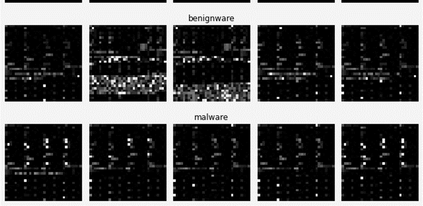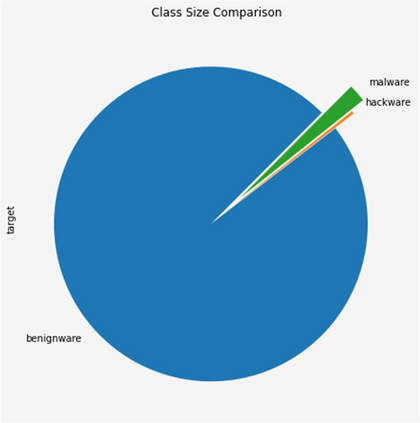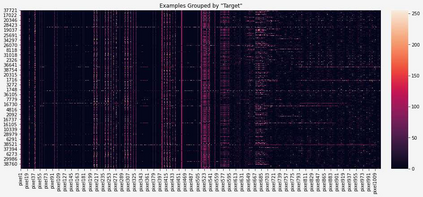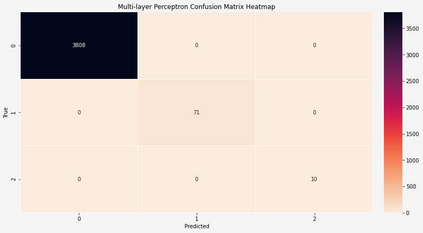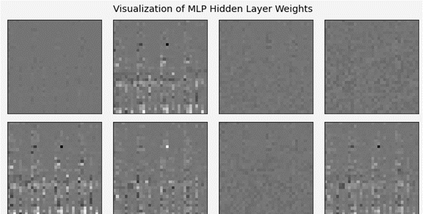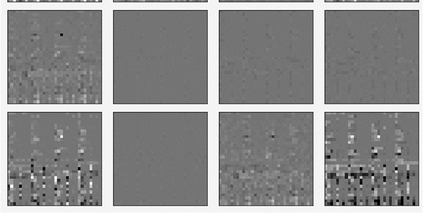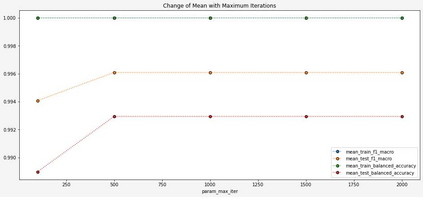This work explores the use of machine learning techniques on an Internet-of-Things firmware dataset to detect malicious attempts to infect edge devices or subsequently corrupt an entire network. Firmware updates are uncommon in IoT devices; hence, they abound with vulnerabilities. Attacks against such devices can go unnoticed, and users can become a weak point in security. Malware can cause DDoS attacks and even spy on sensitive areas like peoples' homes. To help mitigate this threat, this paper employs a number of machine learning algorithms to classify IoT firmware and the best performing models are reported. In a general comparison, the top three algorithms are Gradient Boosting, Logistic Regression, and Random Forest classifiers. Deep learning approaches including Convolutional and Fully Connected Neural Networks with both experimental and proven successful architectures are also explored.
翻译:这项工作探索了如何在互联网的硬软件数据集中使用机器学习技术,以检测恶意企图感染边缘装置或随后腐蚀整个网络。 硬软件更新在IoT设备中并不常见; 因此,这些更新充满了脆弱性。 攻击这类装置可能会被忽略, 用户可能成为安全方面的薄弱环节。 Malware可以引发DDoS攻击, 甚至监视像人们的家这样的敏感区域。 为了帮助减轻这种威胁,本文件使用了一系列机器学习算法来分类IoT固软件, 并报告了最佳的运行模型。 总体比较而言, 最大的三种算法是“ 渐进推进 ” 、 “ 物流回归” 和“ 随机森林分类 ” 。 还探索了深层次的学习方法, 包括实验和经过验证的成功结构的进化和完全连接神经网络。


